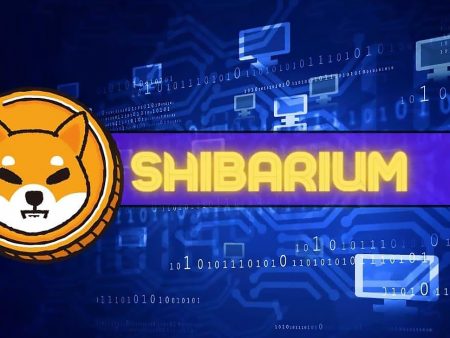Multi-Factor Authentication (MFA) is an advanced security layer designed to protect your online accounts more comprehensively. Instead of relying on a single factor like a password, MFA requires users to provide multiple layers of authentication.
So what exactly is MFA and how does it work? Let’s explore it in detail with AZCoin in the article below.
What is Multi-Factor Authentication (MFA)?
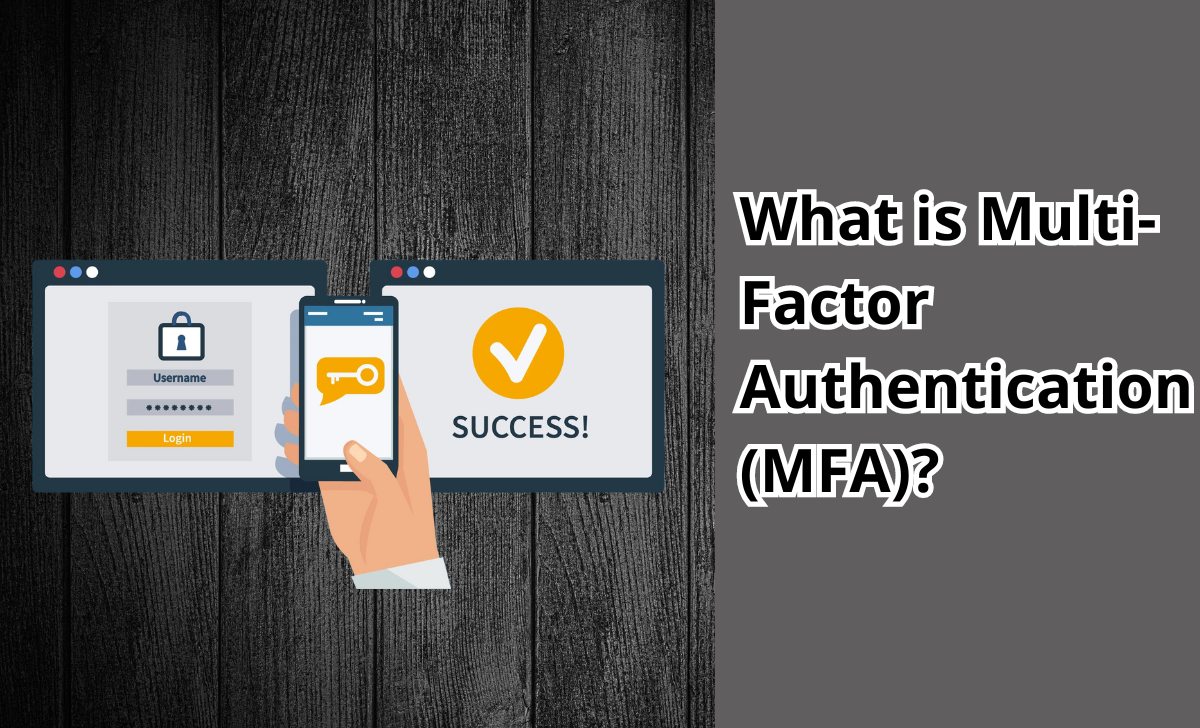
Multi-Factor Authentication (MFA) is a security authentication method that requires users to provide two or more independent authentication factors before gaining access to a system or account.
This means that in addition to requiring a password, the system will ask for one or more additional factors, such as a verification code sent via phone, a fingerprint or a hardware device to confirm the user’s identity. The goal of MFA is to create an additional layer of security, making unauthorized access much more difficult.
Why is Multi-Factor Authentication important?
In today’s digital environment, cyber-attacks are becoming increasingly common and sophisticated. Simple passwords, although still widely used, are no longer sufficient to protect important accounts and systems from attacks such as phishing, brute-force and credential stuffing.
MFA provides an extra layer of protection, ensuring that even if a password is compromised, hackers still cannot easily access your account without the additional authentication factors.
Key factors of Multi-Factor Authentication
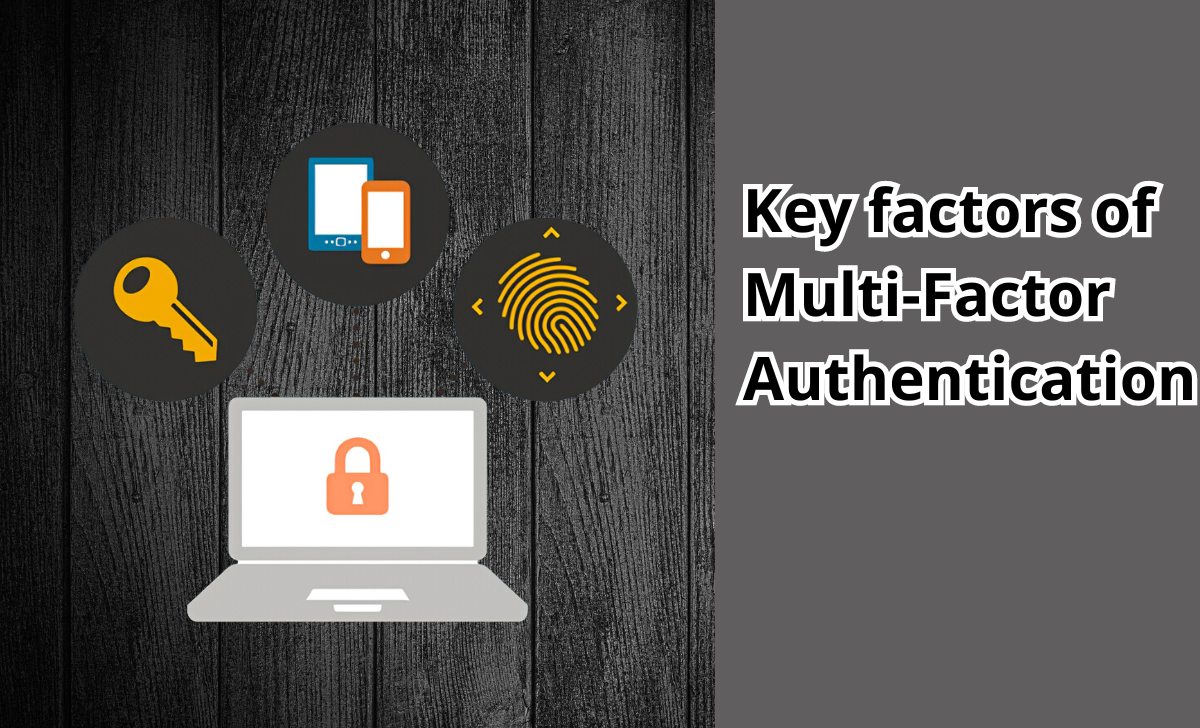
Multi-Factor Authentication is based on three key factors, known as something you know, something you have, and something you are:
- Something you know: This is information that the user knows, such as a password or PIN.
- Something you have: This includes physical devices that the user possesses, such as a verification code sent via phone, a hardware token, or a smart card.
- Something you are: This involves biometric factors, such as fingerprints, facial recognition, or iris scans.
By combining multiple factors from these categories, MFA creates a more complex and secure system that is harder to breach.
How does Multi-Factor Authentication work?
The MFA authentication process generally involves the following steps:
- Step 1: The user logs into the system by entering basic login information, such as a username and password (something you know).
- Step 2: The system then prompts for an additional authentication factor, such as a verification code sent to the phone (something you have) or a fingerprint scan (something you are).
- Step 3: If both (or more) authentication factors are correct, the user is granted access to the system.
This process ensures that only legitimate users can access the account or system, reducing the risk of a security breach even if an attacker has obtained one of the authentication factors.
Popular types of Multi-Factor Authentication
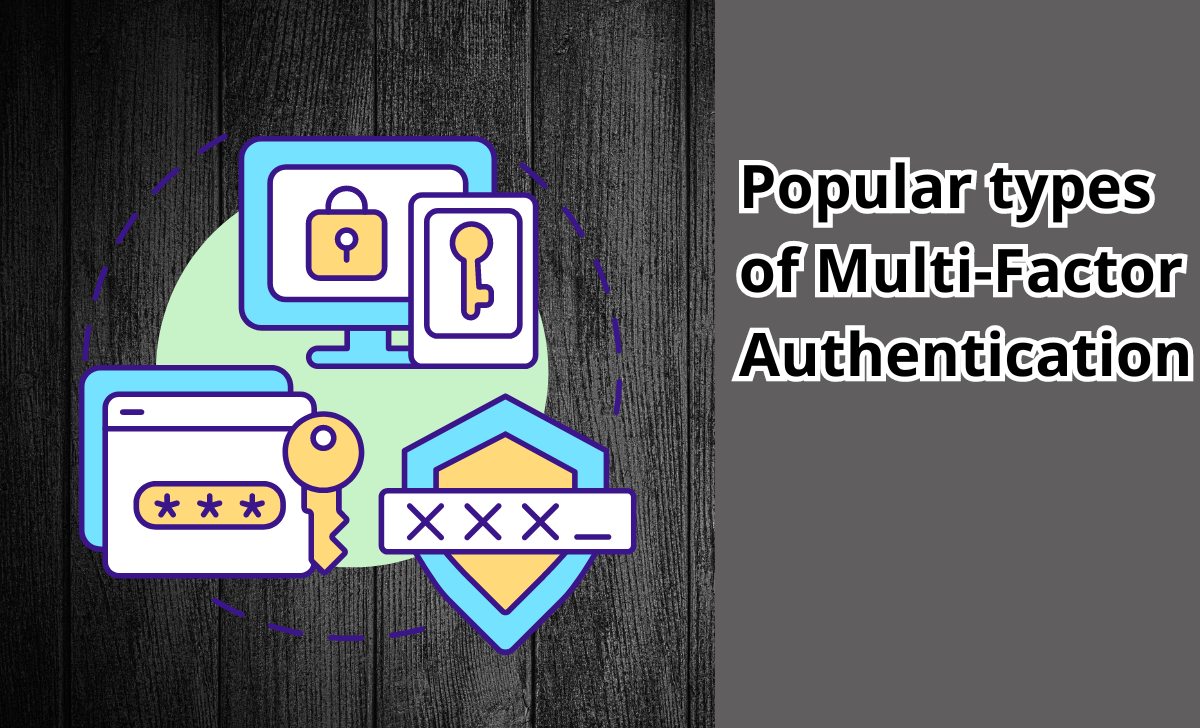
There are various types of MFA, but some common methods include:
- Two-Factor Authentication (2FA): 2FA requires users to provide two authentication factors before accessing a system or account. Typically, the first factor is a password or PIN, and the second factor might be a verification code sent via phone or email, or a hardware device like a USB token.
- Three-Factor Authentication (3FA): 3FA enhances security by requiring an additional third authentication factor. This often includes a biometric factor, such as a fingerprint or facial recognition, along with a password and a verification code from a physical device.
- Biometric Authentication: Biometric authentication uses unique physical characteristics of the user, such as fingerprints, iris scans, or facial recognition, as authentication factors. This method is becoming increasingly popular due to its security and convenience, especially on mobile devices and high-security systems.
Additionally, if you want to conduct transactions safely and efficiently, check out our list of best crypto exchanges 2024 that we have compiled and verified.
Benefits and limitations of Multi-Factor Authentication
Benefits
Using Multi-Factor Authentication (MFA) provides key benefits such as:
- Enhanced Security: MFA requires multiple authentication factors, reducing the risk of unauthorized access and thwarting attacks such as phishing and malware, even if a password is compromised.
- Protects Personal Information: MFA safeguards sensitive data by requiring multiple authentication factors, ensuring that only the actual user can access the account.
- Compliance Requirements: MFA helps organizations comply with security regulations in finance and healthcare, protecting data and avoiding legal penalties.
Limitations
Although Multi-Factor Authentication (MFA) has many benefits, there are some challenges:
- Implementation Difficulty: Integrating MFA into existing systems can be complex, time-consuming, and resource-intensive, especially for large organizations.
- User Experience: The need for multiple authentication steps can be cumbersome and may reduce user experience, sometimes leading to dissatisfaction or attempts to bypass security measures.
- Compatibility Issues: Not all systems and devices support MFA, particularly older applications or hardware, making uniform deployment challenging.
Practical applications of Multi-Factor Authentication
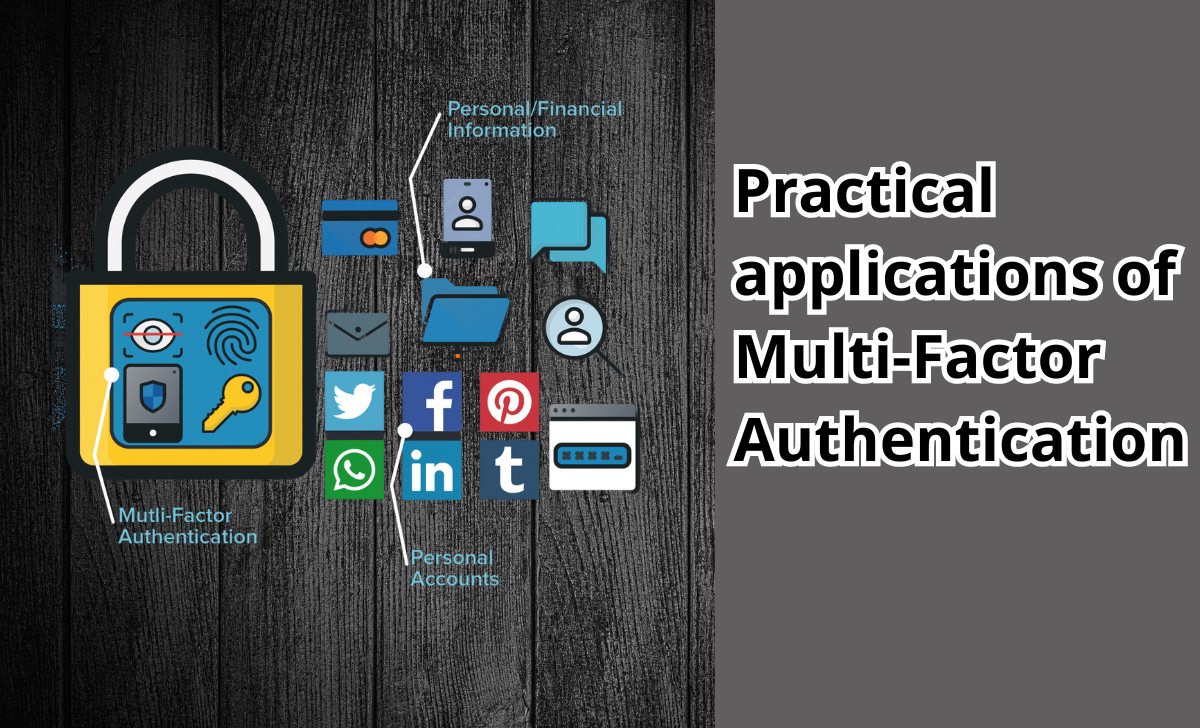
Multi-Factor Authentication is applied in various industries and fields such as:
- Banking and Finance: MFA is used to protect online banking transactions and access to financial accounts, reducing the risk of fraud and unauthorized access.
- Email and Online Accounts: Email services and social networks often require MFA to protect personal accounts from intrusion and abuse.
- Business and Organizations: MFA helps secure sensitive business systems and data, including internal applications and customer data, ensuring that only authorized personnel can access them.
- Healthcare: In the healthcare sector, MFA is used to protect patient records and sensitive medical data, meeting security requirements and regulatory compliance.
- Government Services: MFA helps secure online government services, including access to management systems and public services, enhancing security and reducing the risk of cyber-attacks.
Conclusion
In summary, Multi-Factor Authentication (MFA) is not only a robust security measure but also a necessary requirement in today’s digital age. AZcoin believes that by implementing MFA, you can better protect your accounts, systems, and data from cyber threats.What is Multi-Factor Authentication (MFA)? How does it work?

I am Louis Dang, living in Ottawa, Canada. I am currently working as a trader for AZCoin company, with 7 years of experience in the cryptocurrency market, I hope to bring you useful information and knowledge about virtual currency investment.

